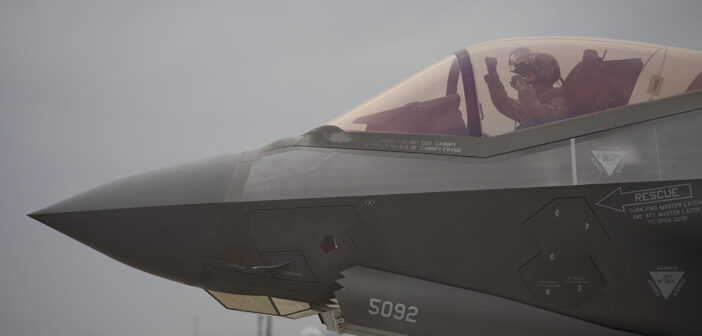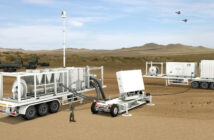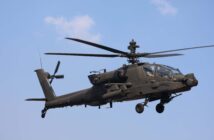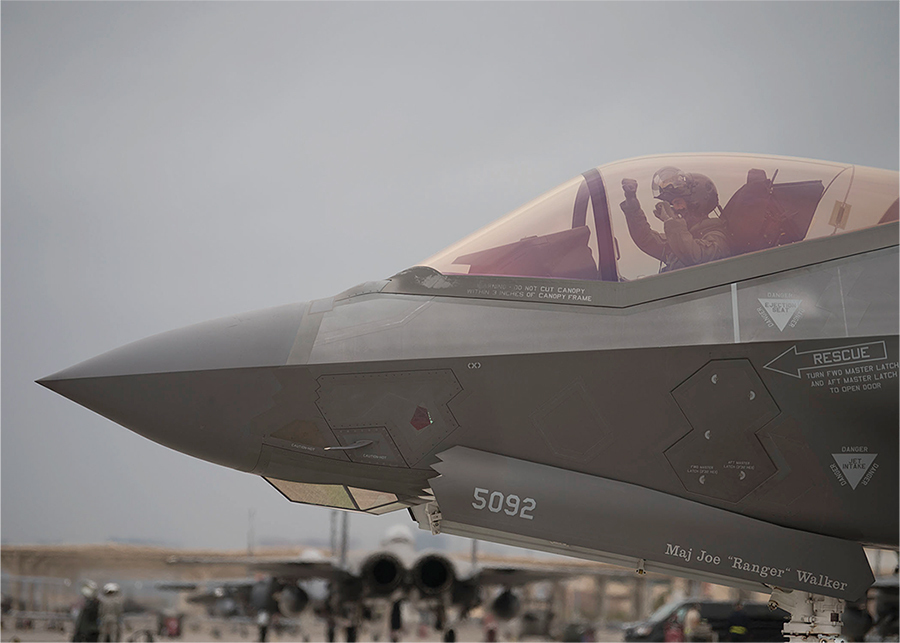
Learning how to optimize human-machine teaming is critical to future EMSO concepts. USAF photo
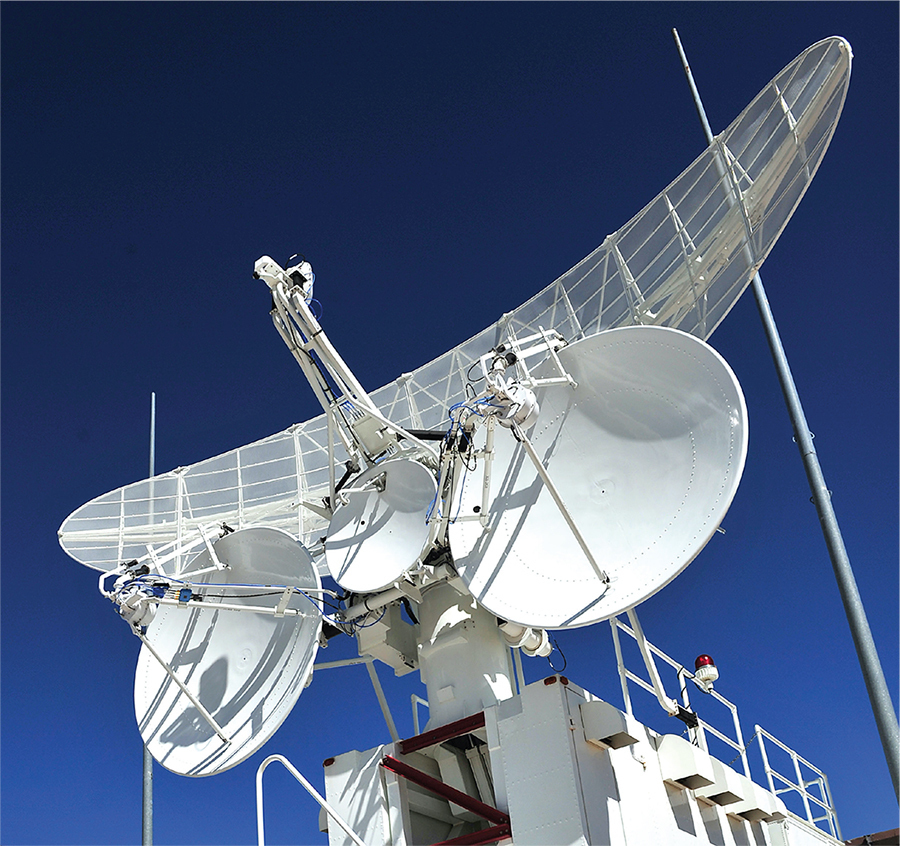
EW ranges will play an important role in helping to fine-tune ML algorithms. USSOCOM photo
Future contests will require agile, adaptive spectrum management and the ability to hop frequencies faster than human cognition. Cognitive EW offers the electromagnetic spectrum operations (EMSO) community a reduced operator workload in the contested, congested EMS battlespace. Further, without ML algorithms, the Joint Force risks being outmaneuvered in the EMS by adversaries. Therefore, cognitive spectrum management against a peer threat will prove indispensable as the DOD employs Joint All-Domain Command and Control (JADC2) and Multidomain Operations (MDO) as part of the Joint Warfighting Concept. Warfighters should embrace cognitive EMSO – EW and spectrum management – as the DOD must leverage ML in all aspects of EMSO to win. The Services should prioritize cognitive EMSO because agile spectrum management is essential to realizing an AI-enabled JADC2 ability. Further, the DOD needs to act now in developing software and collecting monstrous amounts of data for cognitive EMSO, a natural computational marriage of signal processing and ML, to see where potential flaws may be and how to optimize the human-machine teaming. Developing the technology and human-machine trust for cognitive EMSO is essential for successful JADC2.
JADC2 is the DOD’s concept to connect sensors from all military services – Air Force, Army, Marine Corps, Navy and Space Force – into a single network. JADC2 underpins the Joint Warfighting Concept, allowing commanders to make better decisions by leveraging AI to assist with shooter-to-target pairing and keep situational awareness of the battlespace. The EMS creates the bonds between sensors, shooters and commanders that make JADC2 perform. Further, the EMS enables crucial coordination for MDO, especially as we leverage assets in space and cyberspace. In many graphics of JADC2, artists depict the connections among all the various US and coalition assets with lines, lightning bolts or arcs. How do we ensure these all-important lines, the connective tissue of the Joint Force, remain intact?
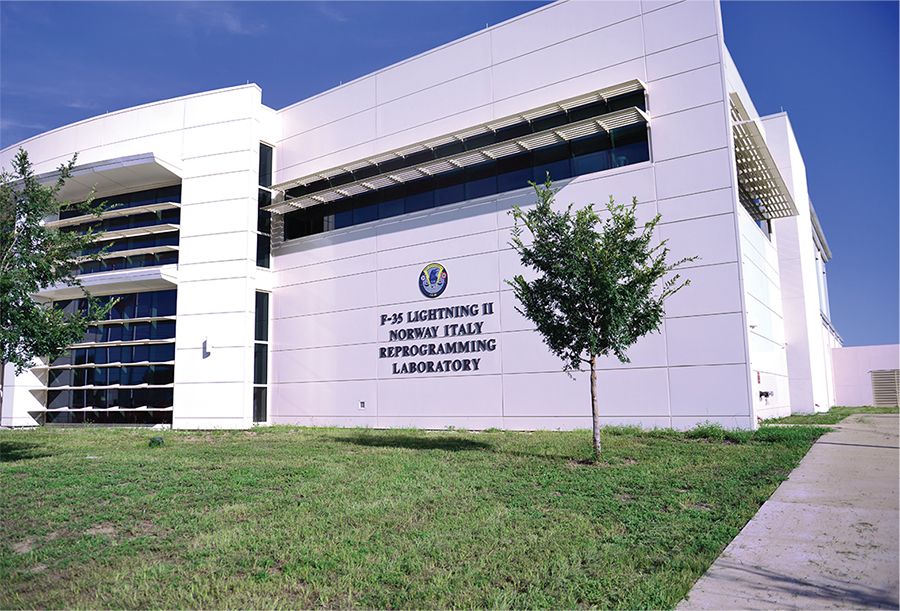
Reprogramming centers, which have always been a part of EW, will continue to play a central role providing the emitter data that will help algorithms to quickly learn (and re-learn) threat behaviors. 350th SWW photo
The EMS is increasingly crowded and complex. In a contested environment, it is beyond human cognition to find available operating frequencies, especially given the speed of dynamic threat jamming systems. In conflict, the EMS will crowd with friendly and adversary active monostatic and multi-static radars, communications, passive sensors and electromagnetic attack systems, all propagating in various weather and terrain settings. The EMS picture will be far too complex for a human to make sense of during a mission. Further, a peer adversary could have electronic attack capabilities we have yet to discover and catalog. We need predictive, agile systems to combat these nascent (or hidden) capabilities and make sense of the complex EMS environment in combat. These sorts of systems require ML. Sensors and shooters can communicate through the congested EMS by allowing machines to find available bandwidth in the spectrum and shift assets to available frequencies dynamically and faster than the adversary. ML can recommend and operate predictive frequency-hopping and jamming avoidance when required. Without the ability to predict denied EMS zones, the maneuverability of communications against a peer competitor will not exist. Adversaries will still find a way to jam some communications. Still, DOD should enable ML processing to seek available pockets of the spectrum and make it challenging for the adversary to deny our communications. Doing so will increase the number of Joint Force assets that remain connected, thereby increasing the warfighter’s ability to deliver lethal and non-lethal fires upon the adversary.
As the DOD and industry develop cognitive EMSO tools, operators will become comfortable with tactical-level ML and operational-level Electromagnetic Battle Management (EMBM) systems in a dynamic environment. While the Joint Force trains and operates, their sensors can build large databases for complex predictions. Data scientists will need a significant amount of time to wrangle the vast amounts of information that friendly forces will collect. Additionally, DOD will need to model many system parameters it cannot yet mimic at ranges and input these signals manually. This time-intensive process of collecting, tagging, and conditioning signal data must begin as soon as is feasible. Cognitive EMSO’s return on investment without labeled, groomed data will yield suboptimal results. Hence, the DOD and industry must partner to develop the databases now.

Cognitive EMBM resources will utilize a combination of manned and unmanned weapons systems as sensors and effectors. US Navy photo
Building the database so that machine learning can begin will take years. Tesla, a luxury electric automobile company, took years to develop its fully self-driving feature. Tesla’s ML-assisted driving ability required thousands of petabytes of data from its one-million vehicles on the road. Cognitive EMSO will likewise face a daunting challenge in collecting the data warehouses and data lakes required for ML. Once engineers, warfighters and computer scientists build signal databases, supervised learning can begin. Supervised learning uses a large sample of positive and negative examples labeled by human experts to train the system.
Surveying experts, like USN weapons and tactics instructors and USAF weapons school graduates, to wrangle and tag data fed into the supervised learning process will likewise be time intensive. Teams must test many algorithms, not just the fashionable deep-learning neural networks. In this battlespace, being fast will often trump complete accuracy. In other words, simple computations may prove better in many circumstances. To best fine-tune ML algorithms, computer scientists must spend years with tactical experts and intelligence analysts at EW ranges and in simulations. Both computer scientists and tactical EMSO experts need time to alter and adjust scenarios, hypothesize what equipment will be on the battlefield, and develop rewards for unsupervised learning. While unsupervised learning usually takes longer, it can often produce surprising efficiencies. Data scientists and EMSO experts should work in teams in the lengthy process of collecting the necessary data, tagging and conditioning that data, and developing and refining algorithms in various scenarios. Doing so will set up the Joint Force to anticipate and overmatch adversary actions in the EMS.
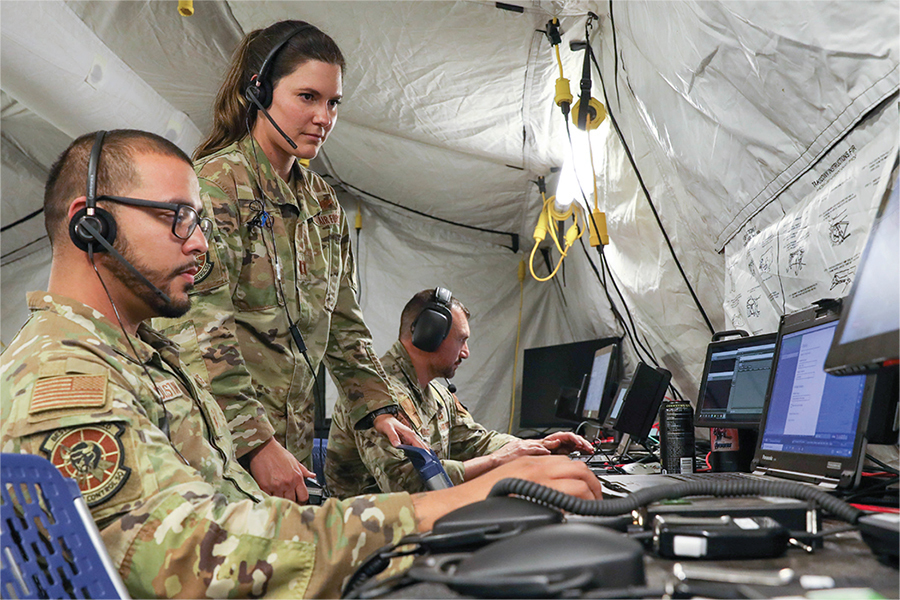
Although some may be hesitant to adopt cognitive EMSO, because they note how AI fails us unexpectedly and can make humans too reliant on the machine, that is why it is imperative to adopt cognitive EMSO today. Let Joint warfighters, our closest allies, computer scientists and engineers, begin to find out where those flaws are to repair and mitigate them. Software-based capabilities like MissionWare, are an ideal proving ground for ML-assisted EMSO. David A. Mendell argues in several well-thought-out examples in “Our Robots, Ourselves” that as we create automated systems, we never pull humans out of the OODA loop. Instead, we change the workload between the operator and the machine and the relationship between humans and computers. As human-machine teams become more proficient in cognitive EMSO, we can better see a clear path forward to an AI-enabled JADC2. ML-assisted spectrum management will take time, but the outcomes will enable the C2 functional battle of the Joint Warfighting concept. The Joint Force will optimize high-demand, low-density electromagnetic resources by reducing operators’ computational workload in a congested, contested, and commercial battlespace. In addition, adding ML to EMSO will enable agility and convergence in the spectrum. The Joint Force should push for material solutions that facilitate and build cognitive EMSO capability today.

